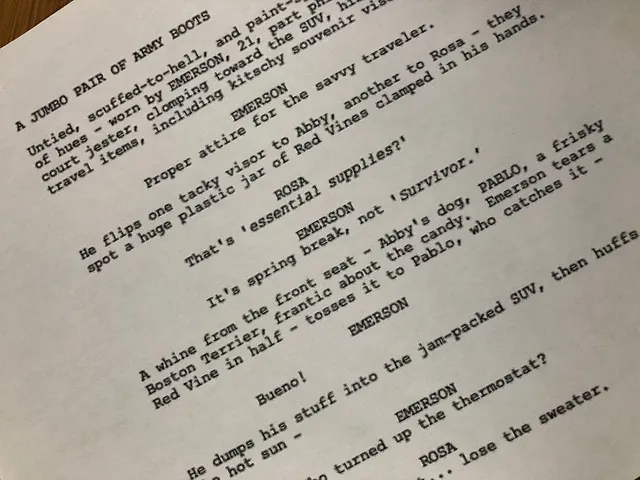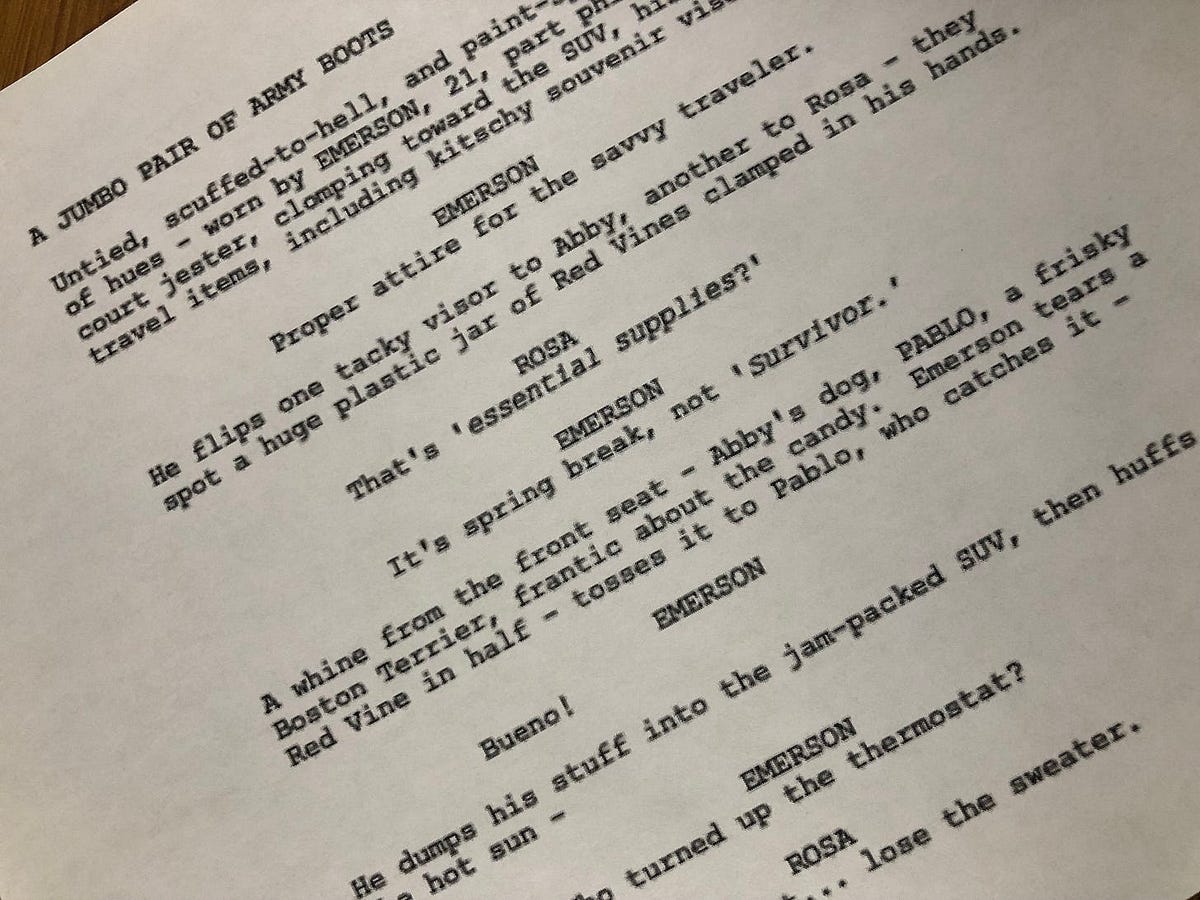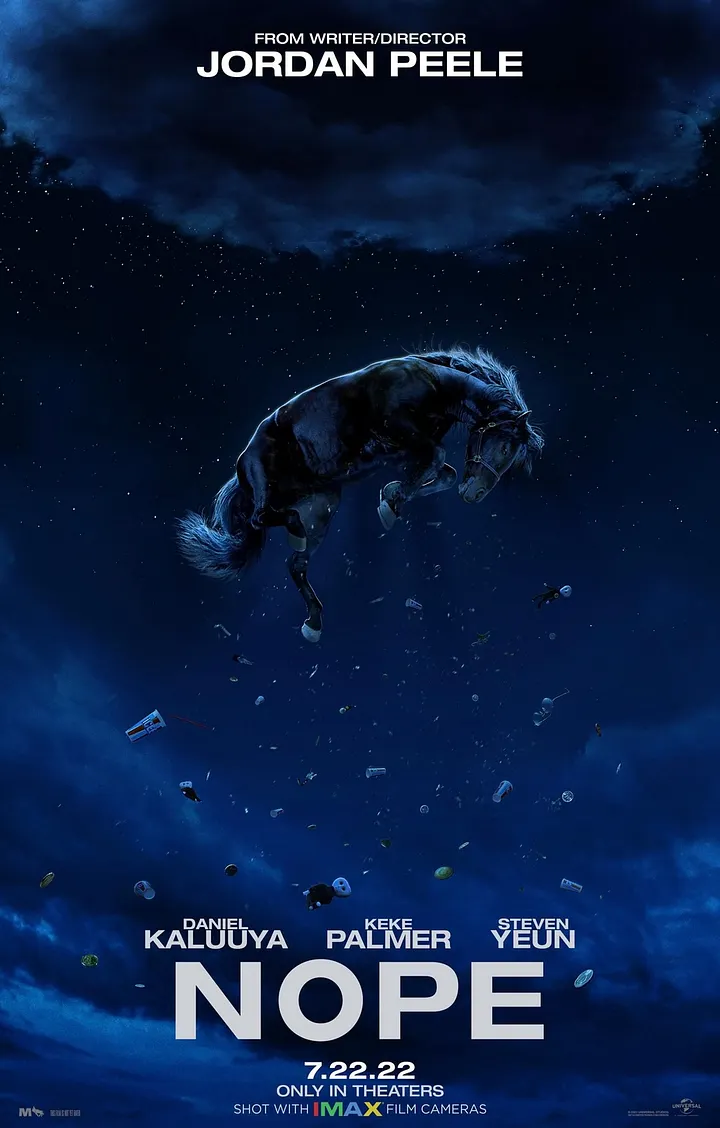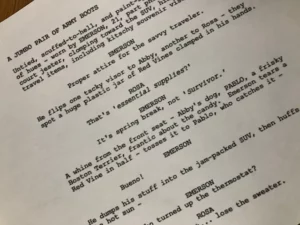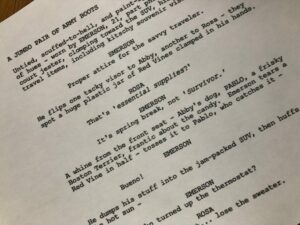Unlock the Secret Narrative Tricks Hidden in the 500 Days of Summer Script That Will Transform Your Storytelling Forever
Scriptwriting often feels like trying to untangle a knot in the dark—then, toss in non-linear storytelling, and it can seem downright impossible. But what if I told you that crafting a script like 500 Days of Summer—with its playful jumps through time—might actually be less of a headache than you think? Yes, you heard me right. That quirky “haphazard” structure that feels like a jumble of moments out of order? It’s actually a masterclass in disguise. Films like Memento, Pulp Fiction, and Rashomon have long wielded non-linear storytelling to twist the familiar into something fresh and captivating. And if there’s a genre that could definitely use that kind of fresh spin, it’s the oft-predictable romantic comedy.
In this deep dive, I’m peeling back the layers of 500 Days of Summer’s screenplay to reveal how it cleverly plays with time—without losing its grip on traditional structure. Curious how it maintains emotional resonance despite the jumps? Or wondering if you could emulate this balance between chaos and clarity in your own writing? Stick with me. I promise, by the end of this, non-linear storytelling won’t just be more approachable—it’ll feel downright doable (which, let’s be honest, is half the battle).
LEARN MORE

